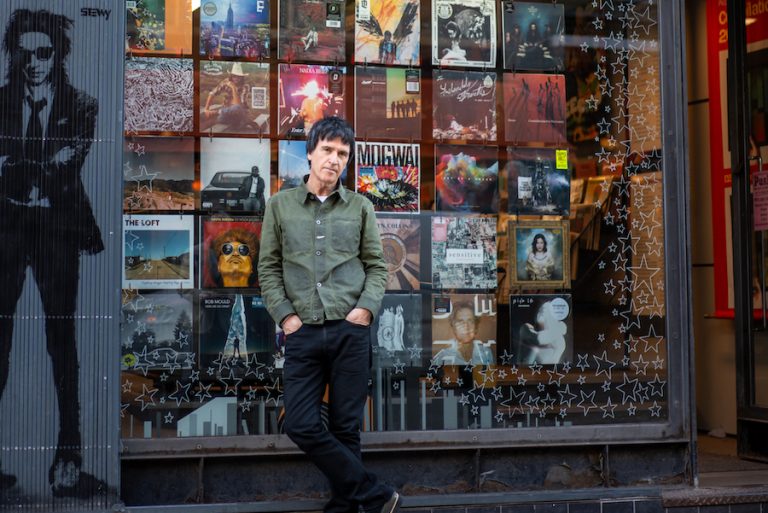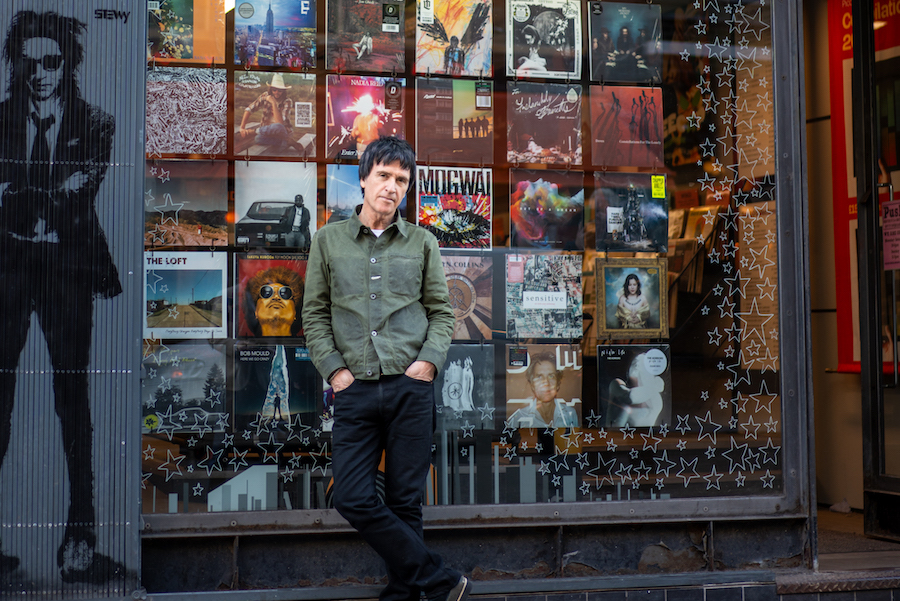Manchester Art Gallery displays rarely seen Leonardo da Vinci drawings in new exhibition
- Written by Louise Rhind-Tutt
- Last updated 6 years ago
- Art & Design, City of Manchester, Culture, Exhibitions
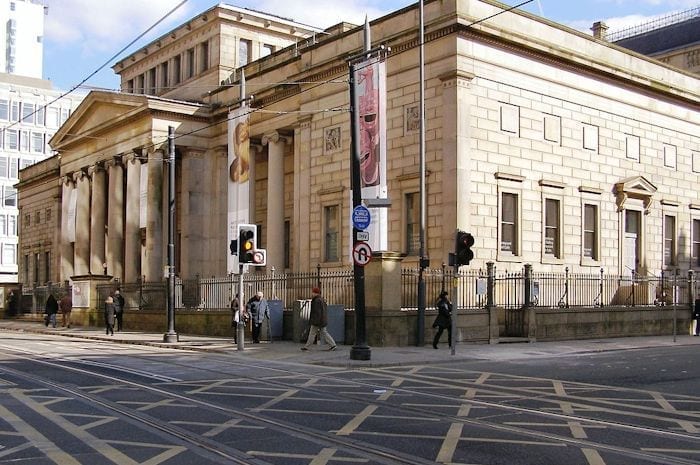
Leonardo da Vinci was one of the greatest artists and scientists the world has known. Revered in his day as a painter, architect and sculptor, he completed only around 20 paintings. No sculpture or buildings by him survive.
But The Royal Collection contains by far the greatest collection of Leonardo’s drawings – more than 500 sheets, which have remained together since his death in 1519.
Because of the potential for damage from exposure to light, these delicate works can never be on permanent display and are kept in carefully controlled conditions at Windsor Castle.
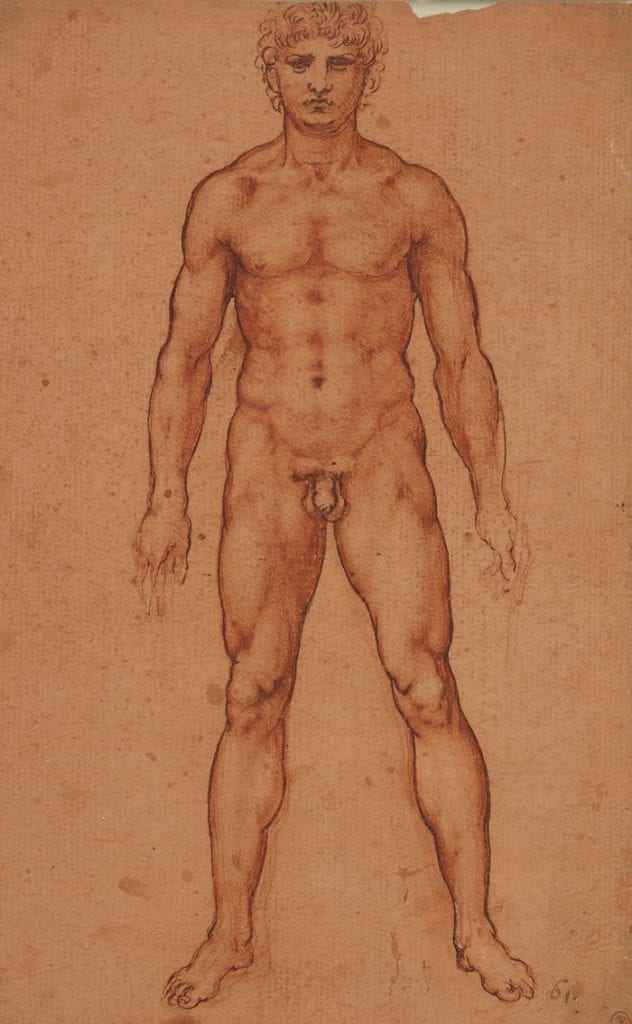
From 1st February, Manchester Art Gallery is participating in Leonardo da Vinci: A Life in Drawing, a series of nationwide exhibitions to commemorate 500 years since the artist’s death.
In partnership with Royal Collection Trust, they will exhibit 12 drawings by Leonardo from the Royal Collection, alongside 11 other exhibitions running simultaneously across the UK.
The drawings on display at Manchester Art Gallery focus on the body and demonstrate Leonardo’s use of drawing to gain an unrivalled understanding of the human form.
He dissected 30 human corpses, and aimed to write an anatomical treatise on the bones, muscles, tendons and internal organs – but it remained unfinished, and his ground-breaking researches were only published around 1900.
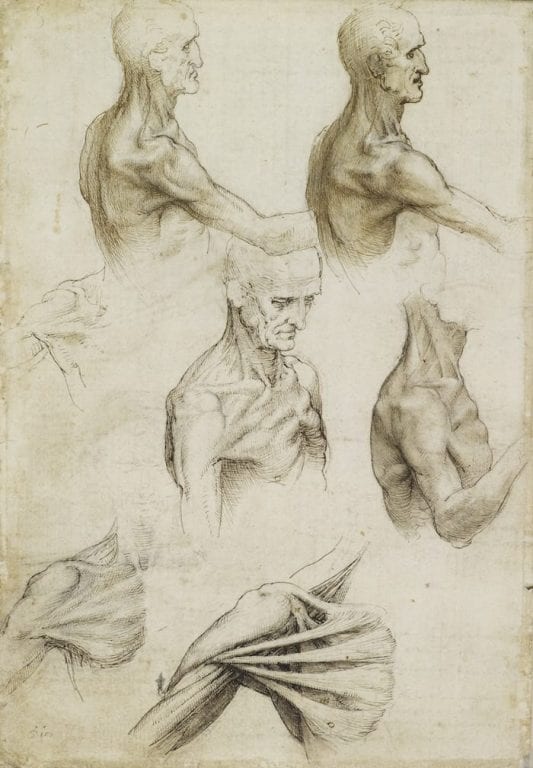
Alongside anatomical studies, the exhibition includes caricatures, idealised male and female bodies, drapery studies, figures in action and drawings of an infant and foetus. These works demonstrate a variety of techniques, from pen and ink and metalpoint, to red and black chalks and watercolour.
“The exhibition at Manchester Art Gallery demonstrates the extraordinarily wide range of Leonardo’s work throughout his lifetime, and is a thrilling opportunity for audiences to engage directly with one of the greatest minds in history,” says Martin Clayton, head of prints and drawings at The Royal Collection Trust.
“His drawings were central to his work in every field, both his artistic projects and his scientific investigations: they allowed Leonardo to work out his ideas on paper, and can be viewed as his private laboratory.”

Accompanying the exhibition is a display of rarely seen drawings from Manchester Art Gallery’s collection including works by Boucher, Burne-Jones, Fantin-Latour, Maillol, Moore, Motesiczky, Sargent and Whistler.
Mirroring some of the tropes and the media found in the Leonardo drawings, the selection includes drapery studies, portraits, full length nudes and studies for paintings dating from the 17th to the 20th century.
Following the exhibitions across the UK, a huge exhibition of over 200 drawings will be displayed at The Queen’s Gallery, Buckingham Palace, from May until October 2019. Then The Queen’s Gallery in Edinburgh will display 80 drawings from November 2019 until March 2020.
Leonardo da Vinci: A Life in Drawing will be on display at Manchester Art Gallery from 1st February until 6th May 2019.
- This article was last updated 6 years ago.
- It was first published on 1 February 2019 and is subject to be updated from time to time. Please refresh or return to see the latest version.
Did we miss something? Let us know: press@ilovemanchester.com
Want to be the first to receive all the latest news stories, what’s on and events from the heart of Manchester? Sign up here.
Manchester is a successful city, but many people suffer. I Love Manchester helps raise awareness and funds to help improve the lives and prospects of people across Greater Manchester – and we can’t do it without your help. So please support us with what you can so we can continue to spread the love. Thank you in advance!
An email you’ll love. Subscribe to our newsletter to get the latest news stories delivered direct to your inbox.
Got a story worth sharing?
What’s the story? We are all ears when it comes to positive news and inspiring stories. You can send story ideas to press@ilovemanchester.com
While we can’t guarantee to publish everything, we will always consider any enquiry or idea that promotes:
- Independent new openings
- Human interest
- Not-for-profit organisations
- Community Interest Companies (CiCs) and projects
- Charities and charitable initiatives
- Affordability and offers saving people over 20%
For anything else, don’t hesitate to get in touch with us about advertorials (from £350+VAT) and advertising opportunities: advertise@ilovemanchester.com


Review: Tambo & Bones at HOME is ‘ambitious, bold, gutsy…. and terrific’

Review: JB Shorts 26 at 53two is ‘a five-star showcase of northern talent’
